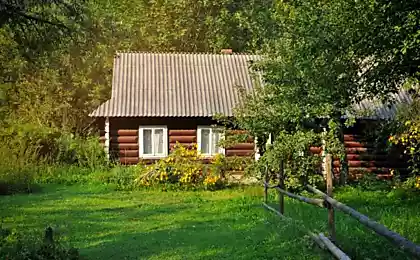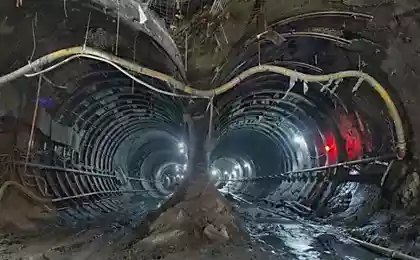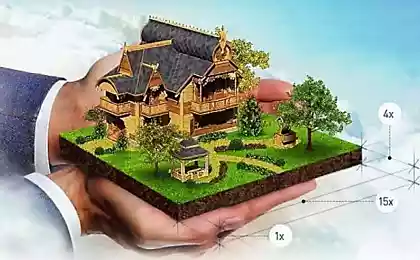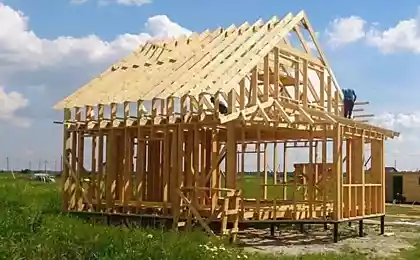167
Building wisdom of clever Siberians who surprise with their practicality
Many believe that Siberianism - a real feat. And this is not an exaggeration, because the conditions in this huge land are really harsh. Therefore, only very brave and strong (in all respects) people could master these lands and establish life here.
Of course, many were forced to move to this region, but someone went here of their own free will. And a significant part of people decided to move, because they saw great opportunities for themselves in this venture. Siberia with its vast territory and free lands attracted many who were acutely faced with the problem of land scarcity in their region.
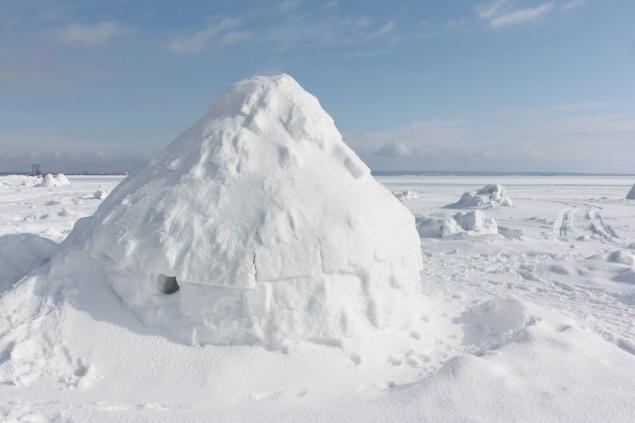
There were enough reasons to move to Siberia. For example, on April 20, 1843, a royal decree was issued, which regulated the resettlement of peasants from the European part of the country beyond the Urals. And the displaced peasants were given irrevocable cash loans, helped to borrow tools and livestock, exempted for 8 years from taxes and duties.
Peasants-settlers were even written off their previous debts. And also allocated 15 acres of land (a little more than a hectare) per person. It is not surprising that many people, for various personal reasons, took advantage of such an attractive offer.
And if earlier the Urals were sent almost always as punishment (in exile or in hard labor), then the situation changed with the decree. Needless to say, if in the decade from 1845 to 1855, more than 90,000 peasants moved to start a new life.
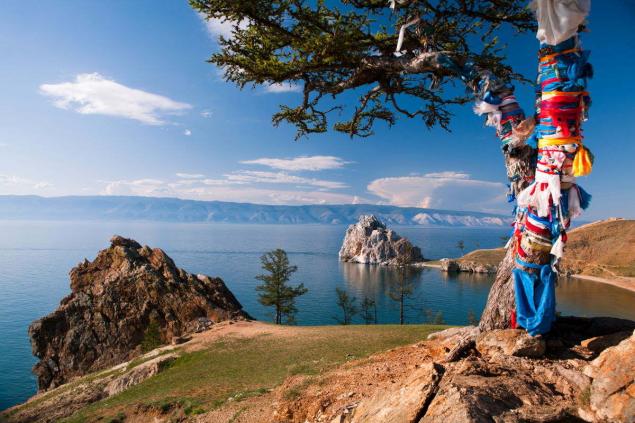
In a new place, people tried to use those skills and tricks that were already well known to them. However, living in difficult conditions forced to look for and find new tricks that would be applicable and effective here and now.
And even though the word “life hack” then no one knew, but some construction tricks were quite impressive. And even today, they look interesting.
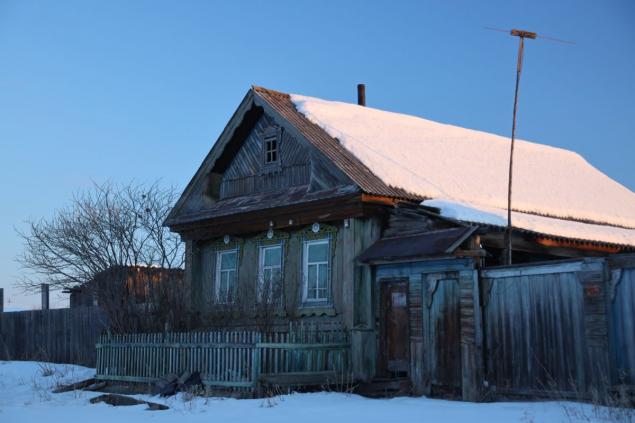
As we can see, life in Siberia required a practical approach to everything, including construction. And it is striking that some houses, built almost with one axe, continue to stand for several hundred years. Impressive, isn't it?
Of course, many were forced to move to this region, but someone went here of their own free will. And a significant part of people decided to move, because they saw great opportunities for themselves in this venture. Siberia with its vast territory and free lands attracted many who were acutely faced with the problem of land scarcity in their region.

There were enough reasons to move to Siberia. For example, on April 20, 1843, a royal decree was issued, which regulated the resettlement of peasants from the European part of the country beyond the Urals. And the displaced peasants were given irrevocable cash loans, helped to borrow tools and livestock, exempted for 8 years from taxes and duties.
Peasants-settlers were even written off their previous debts. And also allocated 15 acres of land (a little more than a hectare) per person. It is not surprising that many people, for various personal reasons, took advantage of such an attractive offer.
And if earlier the Urals were sent almost always as punishment (in exile or in hard labor), then the situation changed with the decree. Needless to say, if in the decade from 1845 to 1855, more than 90,000 peasants moved to start a new life.

In a new place, people tried to use those skills and tricks that were already well known to them. However, living in difficult conditions forced to look for and find new tricks that would be applicable and effective here and now.
And even though the word “life hack” then no one knew, but some construction tricks were quite impressive. And even today, they look interesting.

- Siberians often did without iron hinges on the gates and doors. What did they come up with? They simply made wooden loops. In general, it is noticeable that wood here has always been the most affordable material.
View this post on Instagram
Publication by Evgeny Sagdullina (@evgeniiasagdullina) - What to say, even if the roofs of buildings (and houses too) managed to do without nails. The logs were hewn and folded in a special way, which created a fairly dense overlap. As a result, such a roof was quite reliable, did not leak and stood for several decades.
- Wood replaced stone, tiles and asphalt. For example, Siberians even in courtyards and on the streets made wooden decking. The tree was pre-burned, which increased the service life of such decking.
- Severe frosts made the houses especially warm. The windows were always small and with shutters (also wooden, of course). The doors were also low to minimize heat loss.
View this post on Instagram
Posted by Tanja Travnicek (@trav_tan) - It is interesting to see how often there are larch piles that replace the usual stone foundation. Such houses in the Siberian expanses can be seen. Although popular, this technology was more common in areas with uneven surfaces, where high elevation differences.
View this post on Instagram
Post by Igor (@beluginis)
As we can see, life in Siberia required a practical approach to everything, including construction. And it is striking that some houses, built almost with one axe, continue to stand for several hundred years. Impressive, isn't it?
It was already impossible to look at the seams between the tile in the bathroom, the method of the mother-in-law helped out
An example for those who want to remember how good it was in elementary school.




